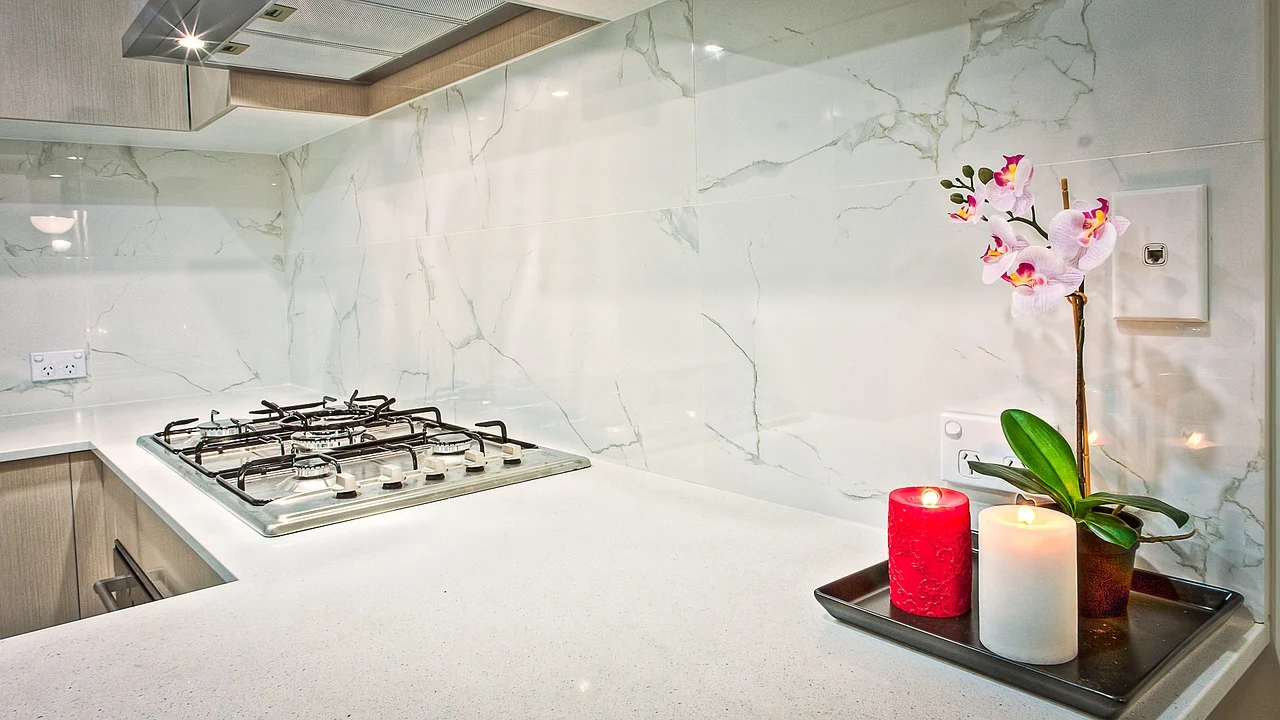7 Must-Dos on the Day You Show Your House
By lucmin on 7th August 2020

The “For Sale” sign is up and your agent has taken some wonderful photograph. You’ve completed the big projects and the little tweaks, so you are hopeful your efforts will pay off with a quick and profitable offer. But now comes the most critical part of the home-selling cycle: the day of a viewing or an open house. A negative first impression can directly translate into money being knocked off the full asking price. Before opening the door to potential buyers, follow these tips:
1. Depersonalise your home as much as possible. Home experts agree the first and most important step to a successful sale is to emotionally separate from the house and the objects within it.
Letting go of the emotional connections to the items inside the home will make you more objective about any necessary changes and more open buyer feedback. To ease the selling process, embrace the idea that your house is a commodity that needs to be sold, and transfer any emotional connections to your new destination. You have to try your best to look at your home as a business transaction.
Don’t forget: tables, fireplaces and refrigerator doors are popular display spots for loads of personal items like holiday cards, children’s artwork, pictures and trophies. Declutter these spots for viewings.
2. Make sure it looks clean. Cleaning seems so obvious, and is inexpensive, but the lack of it is one of the biggest complaints agents hear. Hopefully, you’ve done the big scrub leading up to open-house day: carpets steamed, floors mopped, windows wiped, appliances scoured. But on the day of a viewing, don’t overlook little details like crumbs on the table from breakfast, toothpaste remnants in sinks and dust bunnies in rooms you don’t frequent. Do a quick walk-through with a duster, reaching into recessed lights and corners.
Straighten the bedspreads in all the rooms, put away loose shoes in hallways and tuck away pet beds and bowls.
Don’t forget: Wipe down surfaces that people would naturally touch, such as stair banisters, hand rails and items that have inviting textures.
3. Make sure it smells clean too. Besides a home’s visual appeal, nothing triggers more comments than scents. Diffuse cooking, pet and musty odours by airing out the home with open windows or air purifiers.
Comforting smells, like baking bread or brewing coffee, can be appealing to most potential buyers.
But beware of strong spray scents, candles or other products. Don’t leave plug-in air fresheners around your home. Some people are allergic to scents, and it only highlights that you have an odour problem.
Don’t forget: Pet foods, toys, litter boxes and blankets may have distinct smells.
4. Remove sight-line impairments. Artists, architects and designers are well versed in the simple trick of drawing the eye to something appealing, whether it’s a unique colour, the next room or a special view. Eliminate items such as knickknacks, toys, small appliances and bath products that stop the eye, or worse, make spaces look smaller.
Though many rugs add warmth and colour, consider rolling them up if they break up a room disjointedly or if they obscure attractive selling points like stunning hardwood floors or beautiful tilework. Bathrooms, especially small ones, will look bigger without the rugs. Have bins or baskets on hand to clear off countertops, floors, tables and desks. It’s a lot easier to put away one or two small bins than it is to have to find a spot for 15 different toiletry items.
Don’t forget: Store tablecloths and dish towels to accentuate a kitchen’s workspace and appliances.
5. Improve traffic flow. Over time, homeowners become insensitive to what their possessions look like and where they are placed. The coatrack by the kitchen door, for example, might be practical for your family, but it can look like poor storage to a potential buyer.
Walk through each room and determine if the furniture arrangement contributes to a comfortable flow and use of space, or if it simply is that way because that’s how it has always been.
Don’t forget: Too little furniture can be just as bad as too much. A tiny couch in a large family room might prompt buyers to worry they’ll never be able to furnish the whole space. If needed, repurpose pieces from spare rooms to comfortably fill out an area.
6. Create the perfect environment. No matter what time of day or year, the home’s temperature, lighting and noise levels should be just right during an open house or viewing. Room temperatures should be not too hot and not too cold. Blinds, shades and drapes should be open, and lights should be on.
Don’t forget: Let in pleasant ambient sounds, from birds chirping outside to a soothing water feature. Calming music in the background, high enough to hear but low enough to not overwhelm, can do wonders.
7. Be strategic about handouts and valuables. Documents about the home, especially with attractive photos, should be readily accessible.
Whether it’s a one off viewing or an open house, it’s important to safeguard valuables, personal information and sensitive items. Stow small items like electronics, jewellery and prescription medications, and protect financial statements and documents.
